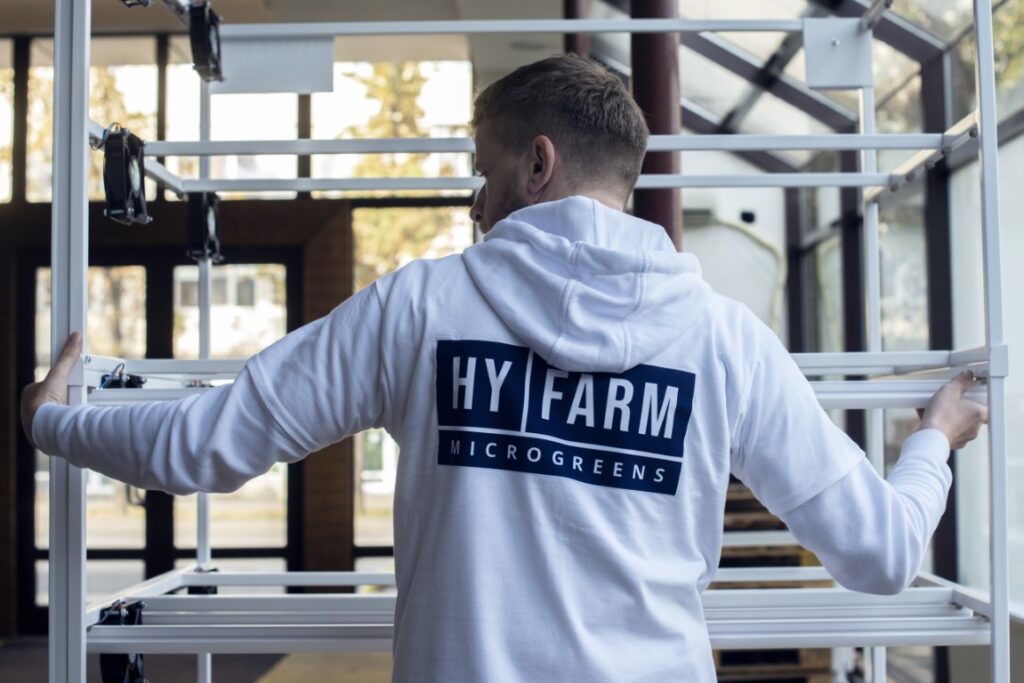As in any other field, agriculture also had and is developing. It is very important that this happens considering all the changes that are taking place in the environment. A concrete example can be the climate that changes from one year to another and determines the aridity of soils that were once favorable for agriculture. Because of the excessive procedures, the lands ended up not being as fertile anymore, especially since over the years they were also treated with pesticides to be able to fight the pests.
Growth time of microplants
The production of any type of plant in this niche requires time and favorable conditions for the final harvest to be not only aesthetic but also profitable. In order to reduce the time allocated to growth, people in the field thought of creating technology so that the harvests are as uniform, rich and extremely natural as possible. Even the time allocated to pre-production actions is reduced.
What is hydroponic production?
Hydroponic production involves the cultivation of plants in a very well controlled environment with the help of systematized equipment. For such productions, a very large space is not needed as in the case of classic agriculture, it can also be easily practiced in an indoor environment.
Low water consumption and short growing time
A first thing that comes as an innovation is the reduction of water consumption and the halving of the growing time. Hydroponic equipment is equipped with special irrigation systems, thus avoiding water waste or even evaporation. In order for the plants to grow, certain techniques and natural fertilizers, not based on chemical compounds, are applied to them.
Grow time is cut in half with LEDs, constant temperature and humidity control. LED lights are specially designed to make plants grow faster, straighter and with a more uniform bouquet, especially in microplant production.
Growing without soil
The substrate in which it is grown is also essential. With its help, the plants are not influenced in any way, it only contributes to supporting the roots, keeping a clean environment. A plus of using this inert substrate is the direct consumption of the microplants without the need to be washed.
Ventilation system
Ventilation and air distribution is done artificially with the help of fans built into the equipment. They work continuously and have the role of preventing the appearance of bacteria or potential pests, keeping the air permanently fresh.
Advantages of indoor hydroponic production.
- Production throughout the year
- No soil is used, only inert substrate that is friendly to the environment
- Small amounts of water
- Pesticides and fertilizers with toxic compounds are not used
- Relatively small production spaces, even indoors
- The production environment is constantly very well controlled.


